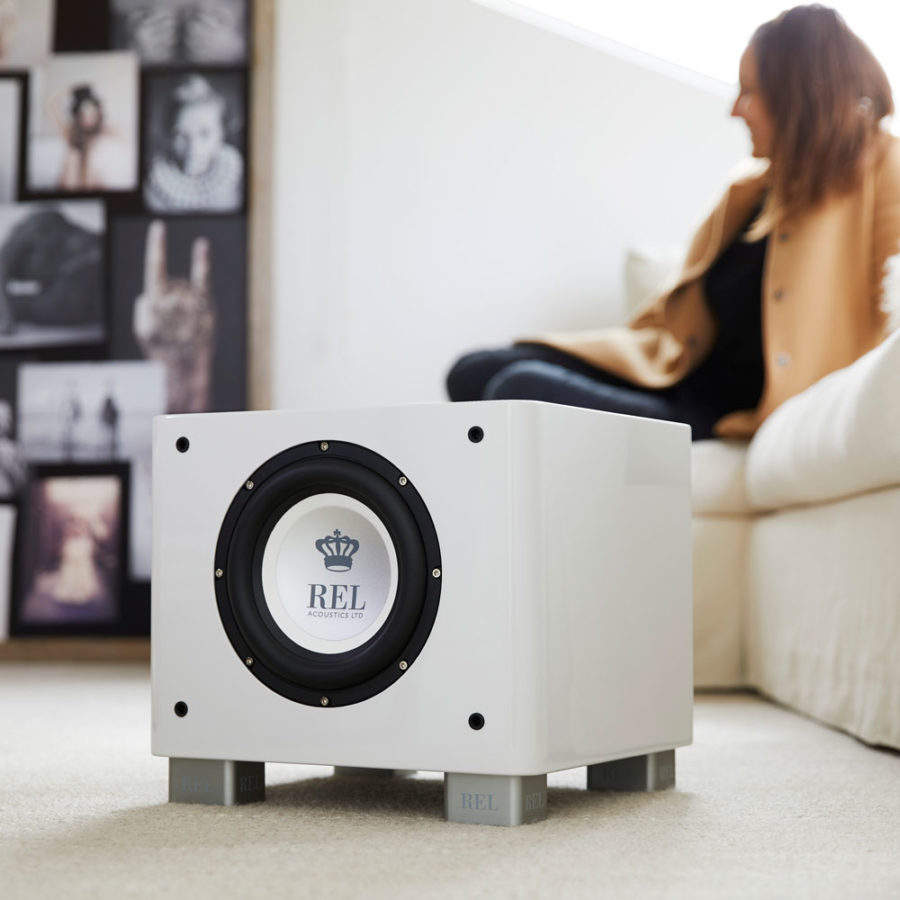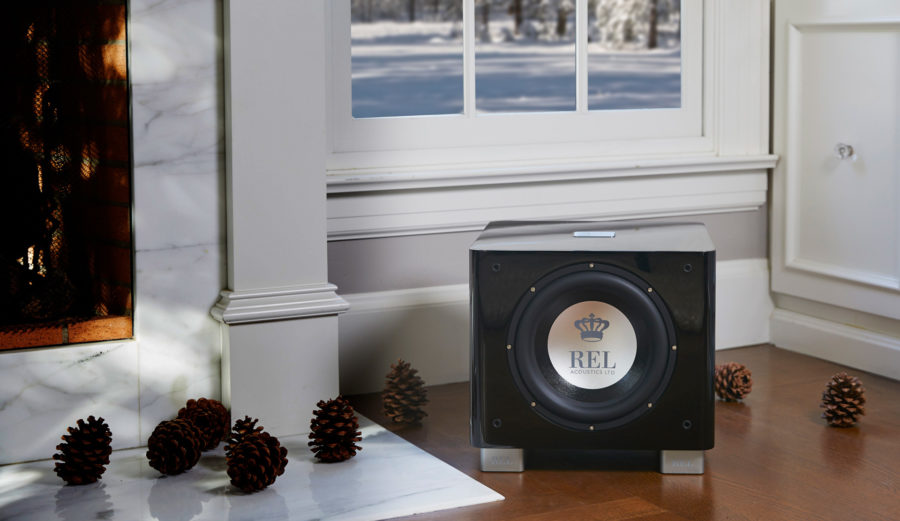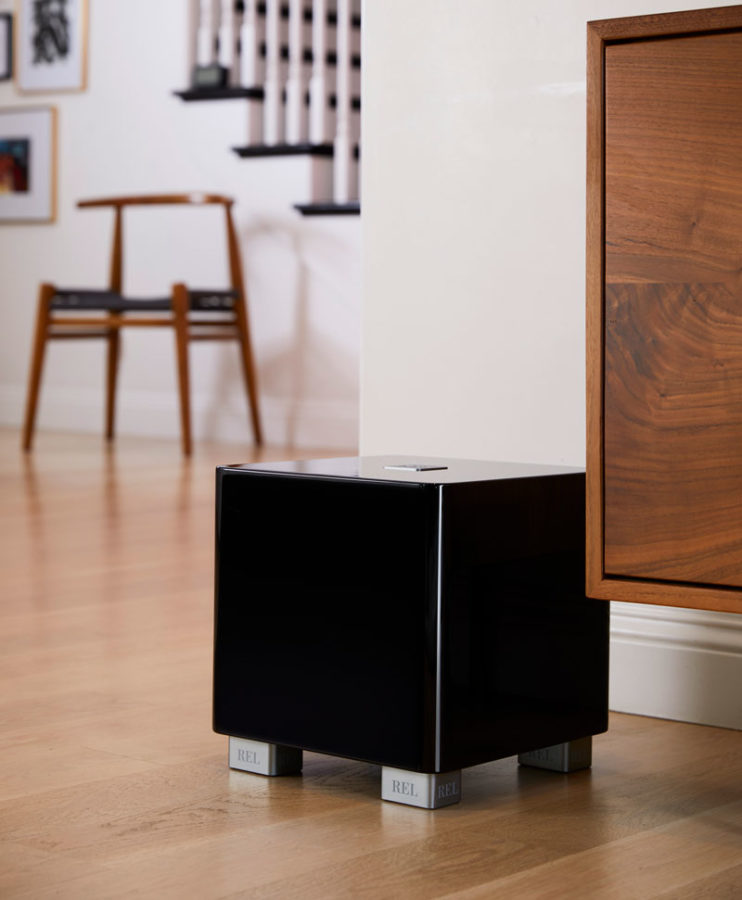Blog
RELs in Distributed Audio Systems
How Jack and Diane Transformed Their “Little Pink House”

Our friends Jack and Diane (not their real names) had us over for dinner a couple of weeks ago. It was a wonderful evening. Their “little pink house” –newly redone– was beautiful and Jack has excellent taste in wine. The meal was amazing, the company and conversation warm; precisely what we had all missed during the pandemic. After dinner, Jack wanted some advice on their newly installed whole-house audio system, complete with a control system and in-ceiling speakers scattered throughout their home. His complaint? While they’d spent tens of thousands on in-wall and in-ceiling speakers, the quality was far from satisfying. Sounding thin and harsh was something Jack didn’t foresee. “You know, I didn’t expect it to sound like an audiophile system, but this is just really disappointing.”
I explained to Jack that many custom integrators had little to no significant training in audio. His installer was a large and successful firm with lots of positive Yelp reviews. Unfortunately, he only noticed after they’d finished the installation that the comments ran long on integrity, security systems, and trustworthiness but none of the comments were related to performance . Jack’s not alone, REL’s managers throughout the world would echo hearing about disappointment with whole-house audio systems.
With so many people opting for streaming systems like Sonos and with distributed audio sprinkled throughout the home, we thought it might be useful to share a few tricks on the best way to get far better performance than is delivered by the usual installations.

1. First up, check the setup menu on your receiver or streamer. Enter the Setup menu, then select Speakers and make sure all modes (including stereo) are set to Large for all your zones (a zone is simply another amplifier stereo channel that can be assigned independently of others: e.g. Master Bedroom or Upstairs Hallway). Doing so means your speakers will be sent Full Range or the closest to Full Range sound that your system can deliver. Also, Full Range means more and better bass from those in-ceiling speakers. Installers will often deliberately set these to Small (filtering out all bass below 80 Hz), the logic being that it makes it more difficult to blow said speakers up if they’re not receiving any bass.
This is the closest our industry comes to that famous quote from the Vietnam era, “We had to destroy the village in order to save it.” Why assume your customers are idiots? Most whole-house entertainment systems are played at a fairly low level (the whole idea being to enjoy background music throughout the residence), which makes it unlikely to cause damage. Please ensure that your speakers are set to Large. Doing nothing more than this, Jack couldn’t believe what 30 seconds of correcting settings within his receiver did to unlock performance from his system. Was it great? No, but you could hear the basic bones of musicality beginning to poke above the awful sound that they had before. Rather than harsh (tinny and harsh were the words Diane used) sound devoid of richness and warmth, the overall balance was now more relaxed and pleasant.
2. RelTip: Fit a High Level-enabled REL T/5x or a Tzero MKII to an existing installation. Last week, I stopped by Jack and Diane’s home with a single box in my arms; one of our smaller models a T/5x. Many swear that the T/5x is so good that it’s all you’ll ever need (which is not true, but we understand why they feel that way). For Jack and Diane’s dining room, it was certainly going to be a huge upgrade. RELs, beginning with our Serie T/x and above, are perfect for upgrading installed systems. Unlike conventional subs that tend to focus almost exclusively on theatre and use only RCA-based inputs, RELs are destined to get the music right first (pace, timbre, speed, and restoring the foundation of the music). In doing so, movie sound also takes on more natural warmth, so it’s a two-for-one kinda thing.

RELs are well known for the method of connection, one we call High-Level Connection which means that a special cable (included) allows you to take sound directly off the same connectors that feed your in-ceiling or in-wall speakers. This is important because many systems have only a subwoofer RCA output. Some systems that are designed just for the kind of distributed audio described in Jack and Diane’s home have no subwoofer output at all. With RELs (non-HT models) a simple connection to the receiver’s speaker terminals–or professionally tagged onto the in-ceiling speakers–– ensured we were soon feeding rich full-range sound to the little T/5x subwoofer–the same signal being sent to your speakers.
Back to Jack and Diane. Less than 5 minutes later, I called them into their dining room and had them dial up their Spotify account (I jumped on their computer before I left and introduced them to Qobuz as a quality alternative to Spotify). The look on their faces when the first notes of the next song came on was priceless. Harsh, thin, and annoying had been replaced with full, rich, and lush at precisely the same (low) volume they were used to entertaining at. Score one for everyone who owns a home with a distributed audio system! If you work in the custom installation field, please read this and think creatively about how many hundreds of client systems could be transformed for just a few hundred dollars (or pounds) a room. The signal is derived from the same speaker-level signal already supplied into the ceiling. So, it’s a snap to connect to the in-ceiling speakers and drop it down to floor level rather than needing to run fresh cables all the way back to the electronics, which may be as much as 100’(33 meters) away. Enjoy your home fully, and try adding a small REL to any room used for entertainment, reading, or just slowing down the pace of life.










